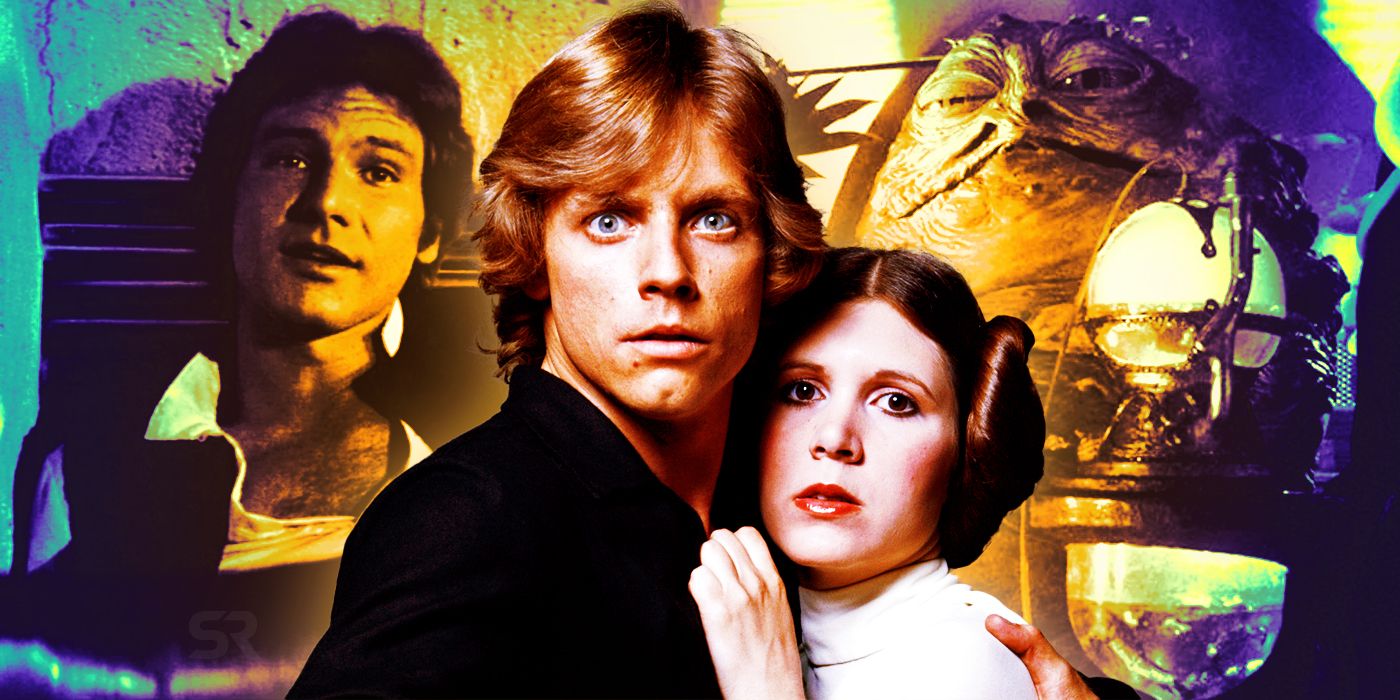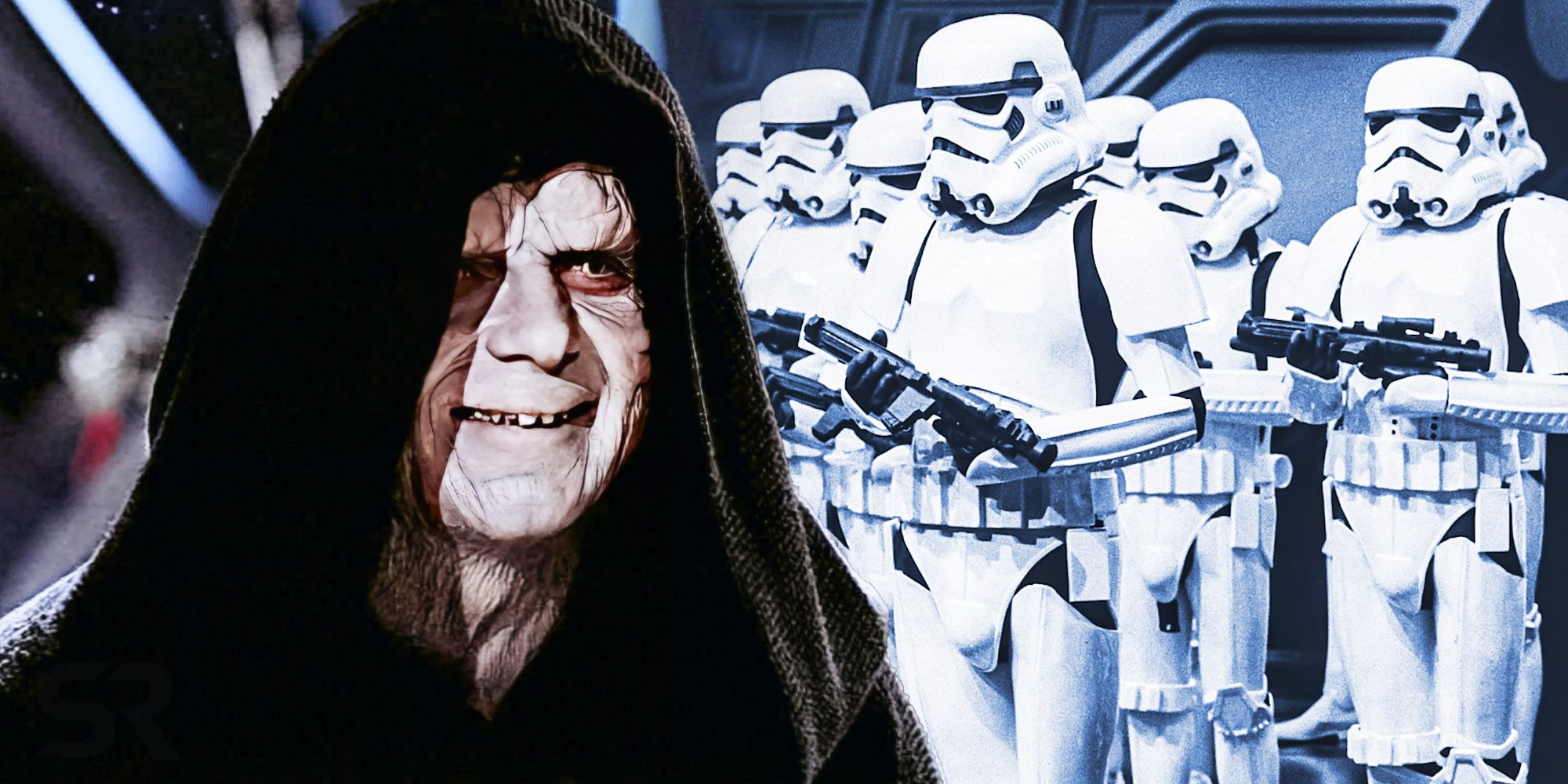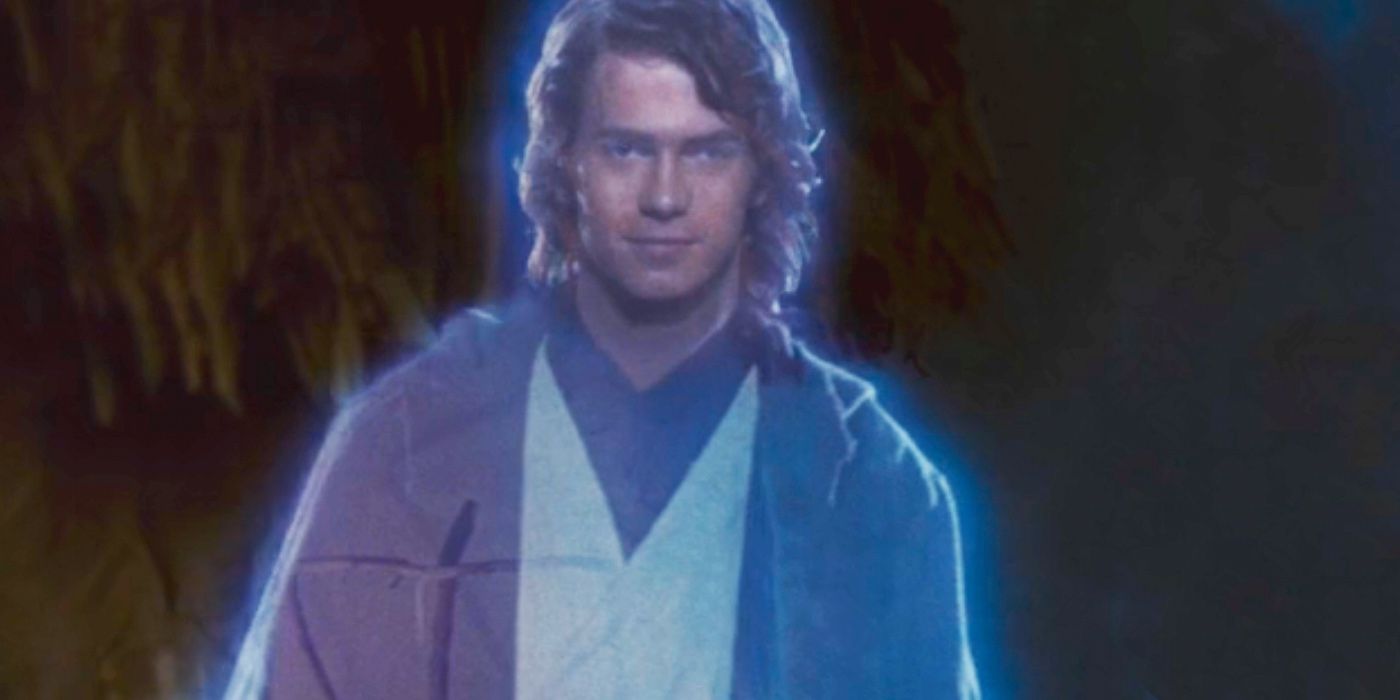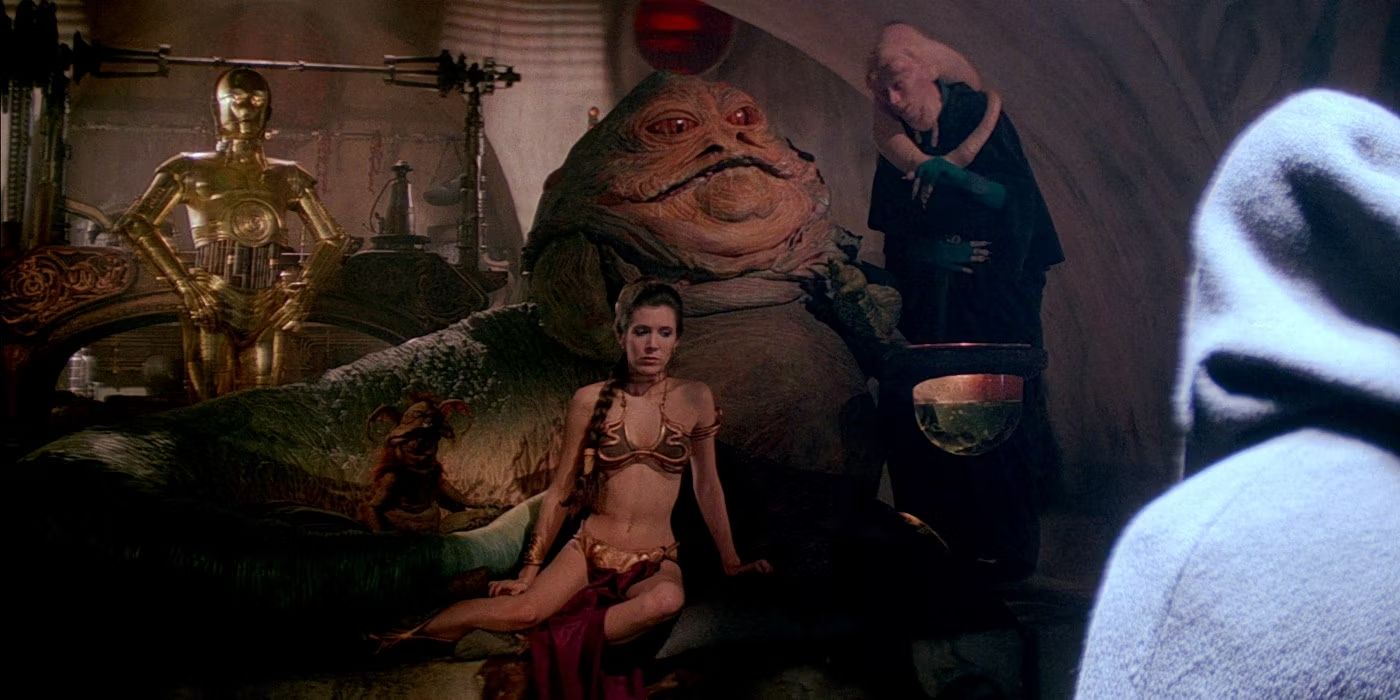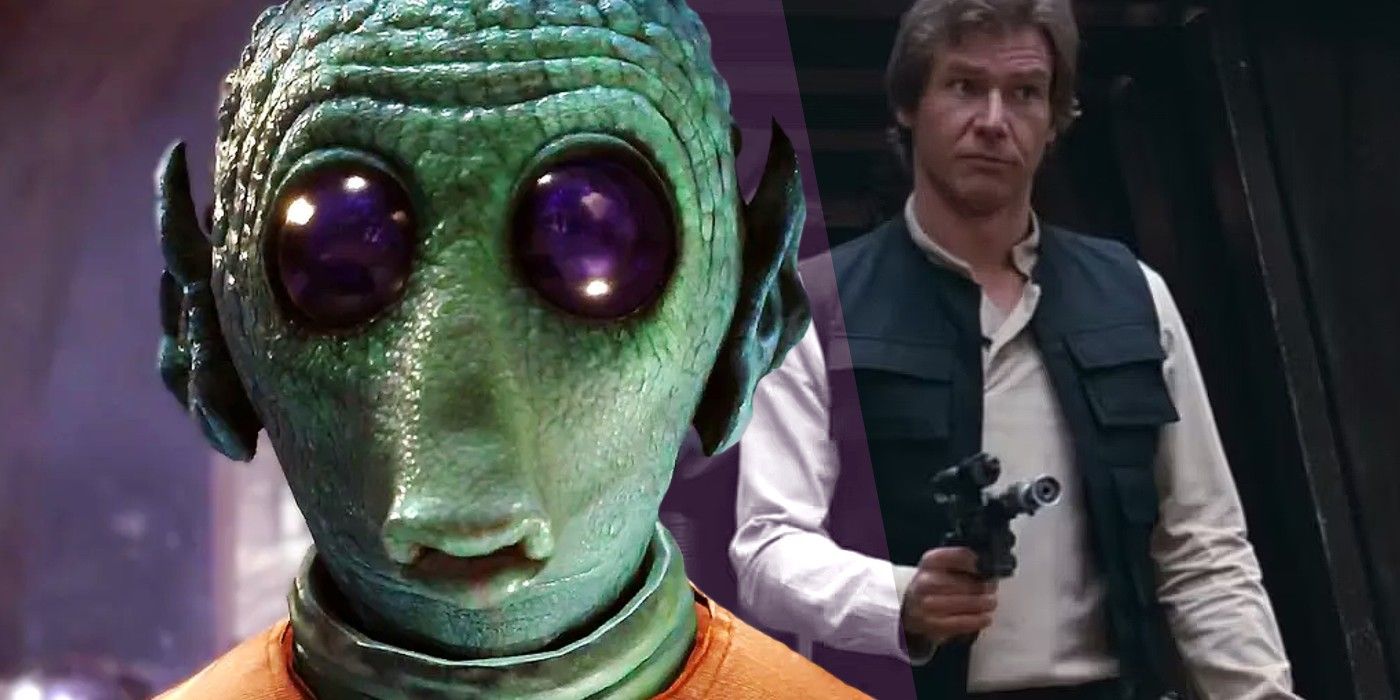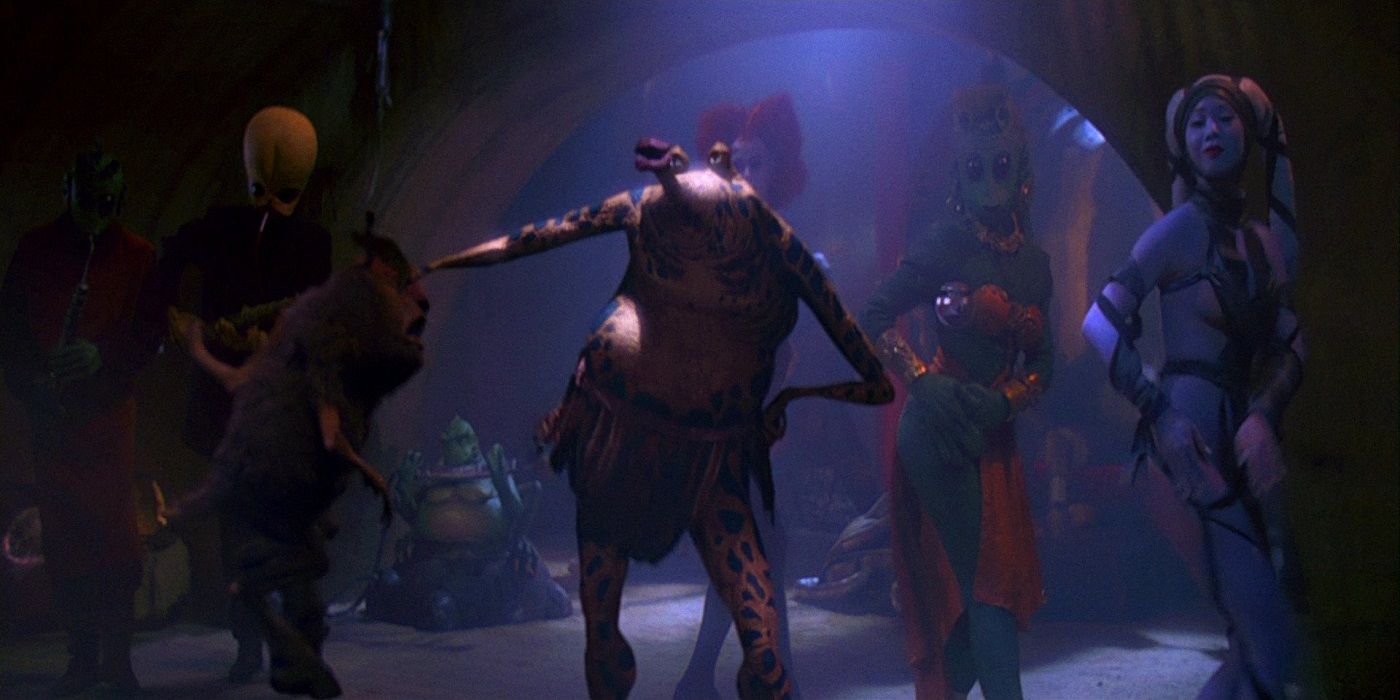Over the many years of the films’ existence, Star Wars‘ Original Trilogy has undergone many transformations as technology has evolved far beyond what was available at the time of their creation, but there are quite a few changes fans consider the worst. The Mandalorian creator Jon Favreau has publicly stated that he does not believe Disney will ever be willing to rerelease the original cuts of the first three films in any official capacity, so it may be the case that these are the versions of the films viewers will be stuck with forever. Despite how many adjustments there may be that actually improve the films, many more have only served to leave fans pondering what George Lucas could’ve possibly been thinking.
In the mid-1970s, Lucas and his team at Industrial Light and Magic had seemingly captured lightning in a bottle with A New Hope, accomplishing visual feats considered to be out of this world for films of its time and continuing to hold such a standard for the two following movies. However, as humanity crossed the threshold into the digital age, the films’ original effects had fallen out of style with modern audiences and Lucas felt the new technology could help get him closer to achieving his original vision for the trilogy. From as early as 1997 all the way to as recent as 2019, a slew of remasters and special editions would be released and plague the legacy of Luke Skywalker’s saga, exposing fans to some of the most absurd and inexplicable decisions made within the entire history of Star Wars.
5 Too Many Stormtroopers
A famous scene of A New Hope sees Han Solo brazenly charging after a squad of stormtroopers to provide an opening for Luke and Leia to escape to the Millennium Falcon. The original cut sees the same stormtroopers turning and firing on Han once they reach the hanger, causing him to retreat. The revision to this scene added an extra dozen or so stormtroopers into the hanger to create a more imposing visual for Han to flee from but ends up feeling more like an Imperial clown car with the ridiculous amount of troopers crammed into a single shot. Granted, the scene is meant to evoke a sense of comic relief as a small break from the constant threat of danger aboard the Death Star, but this addition simply made it too comical.
4 Hayden Christensen’s Force Ghost
Amidst the celebration of the Empire’s defeat in the final scene of Return of the Jedi, the Force spirits of Anakin Skywalker, Obi-Wan Kenobi, and Master Yoda stand side by side for the final time as their stories are completed, but Lucas simply couldn’t let that be the end of it. Decades later, following the initially mixed success of the prequel trilogy, this special feature had actor Hayden Christensen come back to reprise his version of Anakin Skywalker from Revenge of the Sith to be added where it blatantly did not fit. Originally, this ending scene had actor Sebastian Shaw continuing his role as the unmasked face of Darth Vader to portray the Force ghost of an aged Anakin Skywalker but given his face is only previously seen during Vader’s death, Lucas felt it didn’t hit hard enough to belong in the climax of the series. Instead, Lucas opted to replace him with the more recognizable Christensen and waive the illogical outcome of Anakin essentially reverting to his younger self in death by saying it was because he was good again.
3 Jabba The Hutt in A New Hope
In his original introduction, Jabba the Hutt fit perfectly as a minor antagonist at the beginning of Return of the Jedi to establish that substantial threats inhabited the galaxy aside from just the Empire, and the several mentions made to him throughout the trilogy without actually seeing him until his first appearance reinforces this. The initial special edition of A New Hope threw this out the window as it chose to reintroduce a deleted scene that saw Jabba himself coming to Mos Eisley to search for Han briefly after Han as a character was even established. Disregarding Jabba’s horrendous new CG appearance, this scene only serves to bog down every element it touches, establishing the Hutt as a meager pushover of a crime boss with the way he converses with Han and renders the earlier scene with Greedo hunting down Han for Jabba redundant.
2 Greedo Shot First
Speaking of the infamous Rodian gunslinger, no other change made to the original trilogy holds quite as much controversy as the shot fired from the blaster of Greedo the bounty hunter. Just after the very first scene that viewers are introduced to Han Solo, he’s held at gunpoint by one of Jabba the Hutt’s hired killers and gets himself out of the volatile situation with methods that are meant to be indicative of his true character. While keeping a cool head, he casually converses with his assailant before taking the first opening he’s given to pull the trigger and leave the bounty hunter face down and smoking. The atrociously awkward edits we’re given across several remastered editions make an attempt at undoing the implications of Han’s moral ambiguity by giving Greedo the first shot by a matter of milliseconds while Han’s neck bends unnaturally out of the way. With a tone-deaf revision that seems to think this one instance dictates Han’s character, this scene change has only served to alienate fans for years over something that never needed to be changed.
1 Sy Snootles’ Musical Number
Return of the Jedi received what was undoubtedly the most bombastic revision to the original trilogy, with a big, unnecessary musical number performed by an obnoxious cast of hideous CG aliens that felt more akin to something out of The Muppets than it did Star Wars. Admittedly, the song played by Max Rebo and Sy Snootles in the theatrical release was far from perfect, but it did its job of setting a dangerously grimy and debaucherous tone to Jabba’s palace that the new piece put in its grave. The song from the special edition, confusingly titled “Jedi Rocks,” takes the scene from feeling like a grim den of killers and thieves to what could be a sci-fi rendition of a Chuck E. Cheese shockingly fast. According to the producers of this special edition, Lucas was disappointed that he was unable to pull off such a musical number in the film’s original version, but why he ever felt such a juvenile sequence would befit a scene involving the brutal death of Twi’lek dancer Oola at the hands of Jabba’s Rancor continues to baffle fans to this day.

